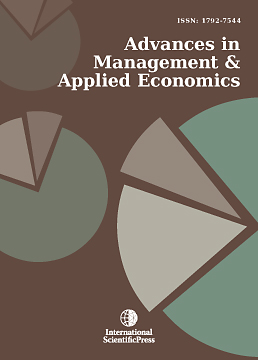Advances in Management and Applied Economics
A study in Spanish regions’ poverty: a new methodological perspective
-
 [ Download ]
[ Download ]
- Times downloaded: 11199
-
Abstract
The present article reviews poverty studies in Spanish Autonomous Communities using a new methodological approach. One of the main concerns in those studies is poverty concentration in specific Spanish Autonomous Communities. This can be the result of a bias due to use a unique national poverty line, since the circumstances of every family unit, specifically if it is poor or not, could be different depending on the Region it inhabited. In order to test this assertion we estimate a CHAID algorithm and CATPCA. The main conclusion of this analysis is that Spanish poverty is strongly influenced by regional differences. To correct this effect we define as Spanish poor households those that are, at the same time, under the national and regional poverty line. We call this group Real poverty. Finally, we calculate ten poverty indexes for this real poor population. The results show that it is no possible to categorize Spanish Autonomous Communities depending on poverty indexes, since they do not configure a specific distribution of those regions. On the contrary, every index establishes its own regional ordering. Therefore, we should introduce regional adjustments in data and focus in household characteristics –size, type, age, level of education…- to explain Spanish poverty. The information comes from the Spanish Survey on Income and Living Conditions (SILC) in 2008.
